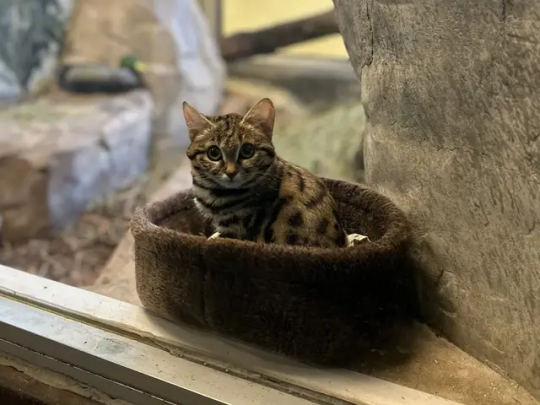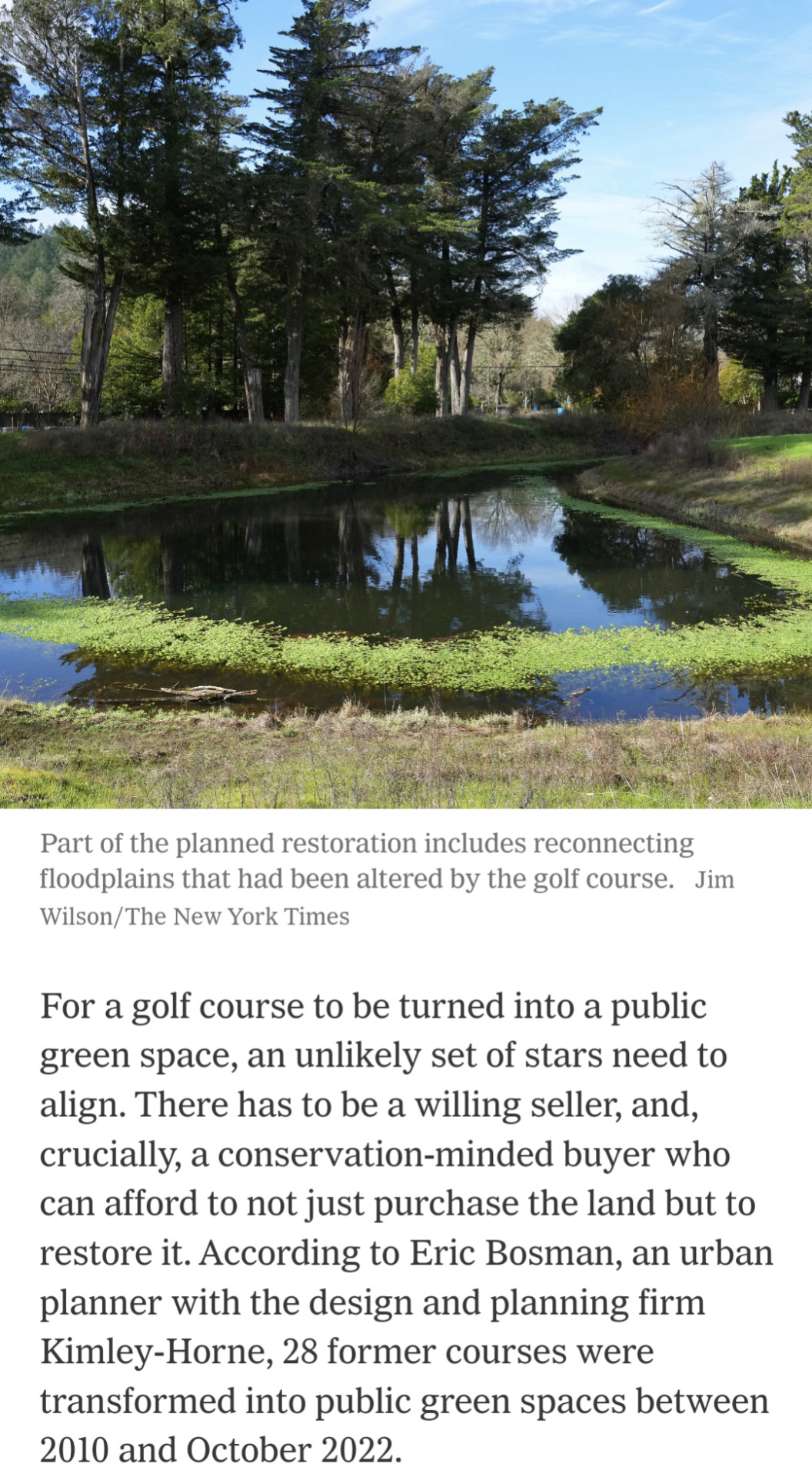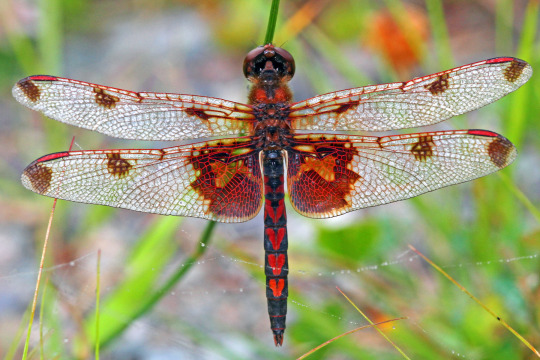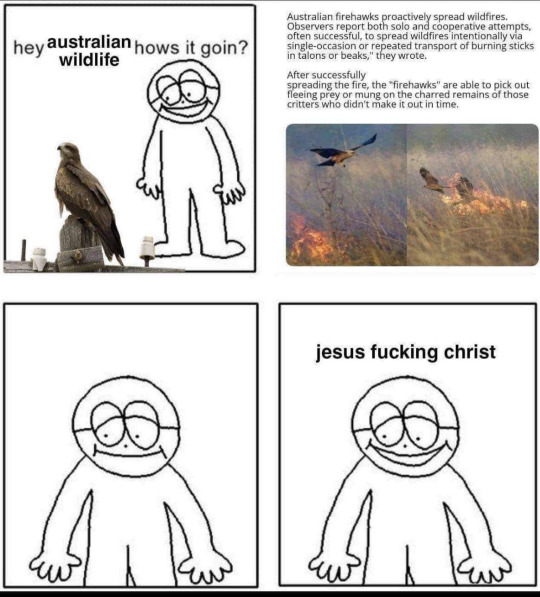#conservation
Text
"The world’s coral reefs are close to 25% larger than we thought. By using satellite images, machine learning and on-ground knowledge from a global network of people living and working on coral reefs, we found an extra 64,000 square kilometers of coral reefs — an area the size of Ireland.
That brings the total size of the planet’s shallow reefs (meaning 0-20 meters deep) to 348,000 square kilometers — the size of Germany. This figure represents whole coral reef ecosystems, ranging from sandy-bottomed lagoons with a little coral, to coral rubble flats, to living walls of coral.
Within this 348,000 km² of coral is 80,000 km² where there’s a hard bottom — rocks rather than sand. These areas are likely to be home to significant amounts of coral — the places snorkelers and scuba divers most like to visit.
You might wonder why we’re finding this out now. Didn’t we already know where the world’s reefs are?
Previously, we’ve had to pull data from many different sources, which made it harder to pin down the extent of coral reefs with certainty. But now we have high resolution satellite data covering the entire world — and are able to see reefs as deep as 30 meters down.
We coupled this with direct observations and records of coral reefs from over 400 individuals and organizations in countries with coral reefs from all regions, such as the Maldives, Cuba and Australia.
To produce the maps, we used machine learning techniques to chew through 100 trillion pixels from the Sentinel-2 and Planet Dove CubeSat satellites to make accurate predictions about where coral is — and is not. The team worked with almost 500 researchers and collaborators to make the maps.
The result: the world’s first comprehensive map of coral reefs extent, and their composition, produced through the Allen Coral Atlas.
The maps are already proving their worth. Reef management agencies around the world are using them to plan and assess conservation work and threats to reefs...
In good news, these maps are already leading to real world change. We’ve already seen new efforts to conserve coral reefs in Indonesia, several Pacific island nations, Panama, Belize, Kenya and Australia, among others."
-via GoodGoodGood, May 2, 2024
--
Note: You can see the maps yourself by going here!
#coral#coral reef#sea creatures#marine life#underwater#coral reefs#conservation#conservation news#climate change#hope#hope posting#hopepunk#environment#environmental science#environmental news#good news#climate action#climate hope#maldives#cuba#australia#machine learning#ai#this is the kind of shit ai should be used for!!!#indonesia#panama#belize#kenya#it's coral week here at reasonsforhope and it's not even on purpose!
225 notes
·
View notes
Text
Things you should give your mom for Mother’s Day—fancy jewelry, a bouquet of her favorite flowers, a nicely scented candle.
Things you shouldn’t give your mom for Mother’s Day—balloons that might end up in the ocean, expired cheese, that candle you got for Christmas from your aunt last year that's been sitting at the back of your closet until now.
As we celebrate the holiday, let’s reduce our reliance on single-use plastics (like balloons) and keep trash out of the ocean.
Learn more about trash in the deep sea on our website.
85 notes
·
View notes
Text
Frogs eat insects, right? And sometimes other invertebrates, and maybe little vertebrates like tiny fish or tadpoles or smaller frogs. But this is one of those neat cases where you have a total departure from what's expected.
While Xenohyla truncata (aka "Izecksohn's Brazilian tree frog") does eat some invertebrate prey, it also deliberately seeks out fruit. Given that it lives high in the canopy of the rain forest amid bromeliads, it's not out of the realm of possibility that this started out as supplementing a normal frog diet with high-calorie fruit in tough times, and evolution favored those that were able to make better nutritional use of this opportunity.
It reminds me of the (mostly) vegetarian spider Bagheera kiplingi, and how primarily herbivorous ungulates like horses and deer will opportunistically eat baby birds or gnaw on carrion and bones. While we can make generalizations about the dietary habits of certain groups of animals, there are exceptions to every rule. And I personally find the existence of these unique outliers to be part of what makes the natural world so utterly fascinating--no matter how much we learn, there are always more surprises to discover.
#frogs#amphibians#nature#wildlife#animals#ecology#environment#conservation#science#scicomm#naturecore
80 notes
·
View notes
Text

90 notes
·
View notes
Text
#dream team#hairy#boruto#the murder of sonic the hedgehog#astro notes#demisexual#tom ellis#conservation#country music#rinharu#preschoolers#the wolf among us#choi san#the wanted#lady gaga
125 notes
·
View notes
Text
Seagull species that have bigger brains are more likely to nest on coastal cliffs and may also be better adapted to breed in urban environments such as on the roofs of buildings.
New research has found that more than half of cliff-nesting gull species have been recorded as nesting in towns and cities, compared to just 11% of those that do not, and these species have bigger brains than their non-cliff-nesting counterparts.
The findings come in a broad-ranging study by ecologists at the University of Exeter looking at potential relationships between brain size, wing shape, nesting habits and the use of urban areas. It suggests that species such as the herring gull, the lesser black-backed gull and the black-legged kittiwake possess a behavioral flexibility that enables them to nest in more challenging locations.
Continue Reading.
56 notes
·
View notes
Text
Im fucking sobbing looking at the new black footed cat at Utah's Hogle zoo
Shes just a fucking baby


Baby with a 60% successful kill rate
#wrenfea.article#theres a video in the article#her name is gaia and shes 8 months#shes part of the AZA breeding program#i now have a reason to visit utah#leetle baby gorl#black footed cat#conservation news#conservation#zoos#animals#also the highest successful kill percentage for big cats is like. 25%#so 60% is fucking crazy
50K notes
·
View notes
Text

WELCOME BACK YELLOW-CRESTED HELMETSHRIKE!!!
25K notes
·
View notes
Text
Yo this rules and is genuinely uplifting
16K notes
·
View notes
Text
Golf Courses ARE Being Converted
The Solarpunk "fantasy" that so many of us tout as a dream vision, converting golf courses into ecological wonderlands, is being implemented across the USA according to this NYT article!
The article covers courses in Michigan, Pennsylvania, California, Colorado, and New York that are being bought and turned into habitat and hiking trails.

The article goes more into detail about how sand traps are being turned into sand boxes for kids, endangered local species are being planted, rocks for owl habitat are being installed, and that as these courses become wilder, they are creating more areas for biodiversity to thrive.
Most of the courses in transition are being bought by Local Land Trusts. Apparently the supply of golf courses in the USA is way over the demand, and many have been shut down since the early 2000s. While many are bought up and paved over, land Trusts have been able to buy several and turn them into what the communities want: public areas for people and wildlife. It does make a point to say that not every hold course location lends itself well to habitat for animals (but that doesn't mean it wouldn't make great housing!)

So lets be excited by the fact that people we don't even know about are working on the solutions we love to see! Turning a private space that needs thousands of gallons of water and fertilizer into an ecologically oriented public space is the future I want to see! I can say when I used to work in water conservation, we were getting a lot of clients that were golf courses that were interested in cutting their resource input, and they ended up planting a lot of natives! So even the golf courses that still operate could be making an effort.
So what I'd encourage you to do is see if there's any land or community trusts in your area, and see if you can get involved! Maybe even look into how to start one in your community! Through land trusts it's not always golf course conversions, but community gardens, solar fields, disaster adaptation, or low cost housing! (Here's a link to the first locator I found, but that doesn't mean if something isn't on here it doesn't exist in your area, do some digging!)
#solarpunk#sustainability#climate change#gardening#activism#hope#climate justice#news#new york times#golf courses#habitat#conservation
14K notes
·
View notes
Photo

I’ve seen a few ~aesthetic~ photos of rock stacks in rivers recently and this is just a reminder that you are destroying habitat when you move rocks around in rivers and streams.
In addition to dragonfly nymphs, rocky river beds are home to lots of other larval invertebrates like damselflies, mayflies, water beetles, caddisflies, stoneflies, and a bunch of dipterans. Not to mention lots of fish and amphibians!
Plus large scale rock stacking can change the flow of a stream and lead to increased erosion.
Anyway dragonfly for admiration:

Calico pennant by nbdragonflyguy
39K notes
·
View notes
Text
"In one of Africa’s last great wildernesses, a remarkable thing has happened—the scimitar-horned oryx, once declared extinct in the wild, is now classified only as endangered.
It’s the first time the International Union for the Conservation of Nature (IUCN), the world’s largest conservation organization, has ever moved a species on its Red List from ‘Extinct in the Wild’ to ‘Endangered.’
The recovery was down to the conservation work of zoos around the world, but also from game breeders in the Texas hill country, who kept the oryx alive while the governments of Abu Dhabi and Chad worked together on a reintroduction program.
Chad... ranks second-lowest on the UN Development Index. Nevertheless, it is within this North African country that can be found the Ouadi Rimé-Ouadi Achim Faunal Reserve, a piece of protected desert and savannah the size of Scotland—around 30,000 square miles, or 10 times the size of Yellowstone.
At a workshop in Chad’s capital of N’Djamena, in 2012, Environment Abu Dhabi, the government of Chad, the Sahara Conservation Fund, and the Zoological Society of London, all secured the support of local landowners and nomadic herders for the reintroduction of the scimitar-horned oryx to the reserve.
Environment Abu Dhabi started the project, assembling captive animals from zoos and private collections the world over to ensure genetic diversity. In March 2016, the first 21 animals from this “world herd” were released over time into a fenced-off part of the reserve where they could acclimatize. Ranging over 30 miles, one female gave birth—the first oryx born into its once-native habitat in over three decades.
In late January 2017, 14 more animals were flown to the reserve in Chad from Abu Dhabi.
In 2022, the rewilded species was officially assessed by the IUCN’s Red List, and determined them to be just ‘Endangered,’ and not ‘Critically Endangered,’ with a population of between 140 and 160 individuals that was increasing, not decreasing.
It’s a tremendous achievement of international scientific and governmental collaboration and a sign that zoological efforts to breed endangered and even extinct animals in captivity can truly work if suitable habitat remains for them to return to."
-via Good News Network, December 13, 2023
#chad#abu dhabi#north africa#rewilding#endangered species#conservation#zoology#conservation biology#oryx#good news#hope#texas#big game#animals#endangered#environmentalism#environmental science#zoo#zoos#zoo animals
24K notes
·
View notes
Text
It *is* a problem that charismatic species are often focused on for conservation at the expense of less charismatic but important species, but threatened species that are the subject of a lot of public outreach and education are also typically strategically selected.
I suspect that monarch butterflies are an example of this. Milkweed is a highly valuable plant for pollinators and a host plant for like. 400+ insect species. Getting people to plant it to save monarchs is funny because you're essentially finessing people into saving a ton of other insects that they wouldn't ordinarily care about
44K notes
·
View notes
Text
If you aren't following the news here in the Pacific Northwest, this is a very, very big deal. Our native salmon numbers have been plummeting over the past century and change. First it was due to overfishing by commercial canneries, then the dams went in and slowed the rivers down and blocked the salmons' migratory paths. More recently climate change is warming the water even more than the slower river flows have, and salmon can easily die of overheating in temperatures we would consider comfortable.
Removing the dams will allow the Klamath River and its tributaries to return to their natural states, making them more hospitable to salmon and other native wildlife (the reservoirs created by the dams were full of non-native fish stocked there over the years.) Not only will this help the salmon thrive, but it makes the entire ecosystem in the region more resilient. The nutrients that salmon bring back from their years in the ocean, stored within their flesh and bones, works its way through the surrounding forest and can be traced in plants several miles from the river.
This is also a victory for the Yurok, Karuk, and other indigenous people who have relied on the Klamath for many generations. The salmon aren't just a crucial source of food, but also deeply ingrained in indigenous cultures. It's a small step toward righting one of the many wrongs that indigenous people in the Americas have suffered for centuries.
#salmon#dam removal#fish#animals#wildlife#dams#Klamath River#Klamath dams#restoration ecology#indigenous rights#Yurok Tribe#Karuk Tribe#nature#ecology#environment#conservation#PNW#Pacific Northwest
14K notes
·
View notes
Text

BREAKING: New Jaguar Just Dropped!
A Center for Biological Diversity analysis of a trail camera detection by wildlife enthusiast Jason Miller confirms we have a new jaguar in Arizona, making it the 8th jaguar documented in the U.S. Southwest in the past 3 decades.
The rosette pattern on each jaguar is unique, like a human fingerprint, and it enables identification of specific animals. The pattern shows this jaguar is not Sombra or El Jefe, two jaguars who have roamed Arizona in recent years.
Jaguars once lived throughout the American Southwest, with historical records on the South Rim of the Grand Canyon, the mountains of Southern California and as far east as Louisiana. But they virtually disappeared from this part of their range over the past 150 years, primarily due to habitat loss and historic government predator control programs intended to protect the livestock industry.
Read more: https://biodiv.us/3RORtQp
8K notes
·
View notes
